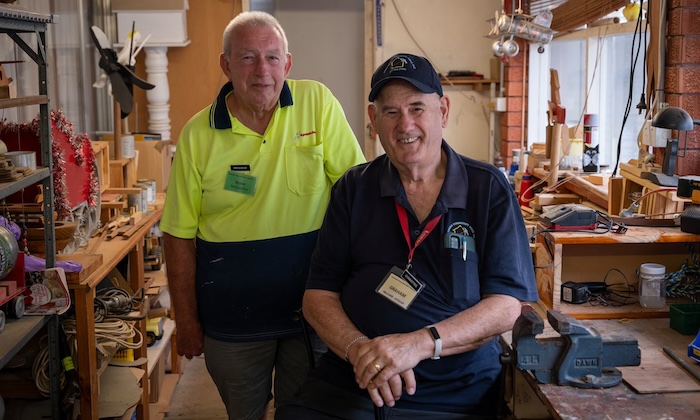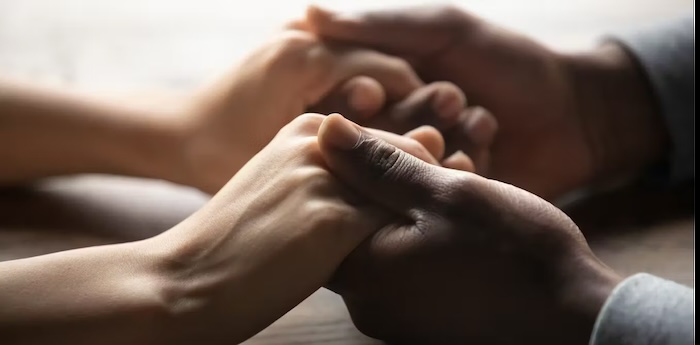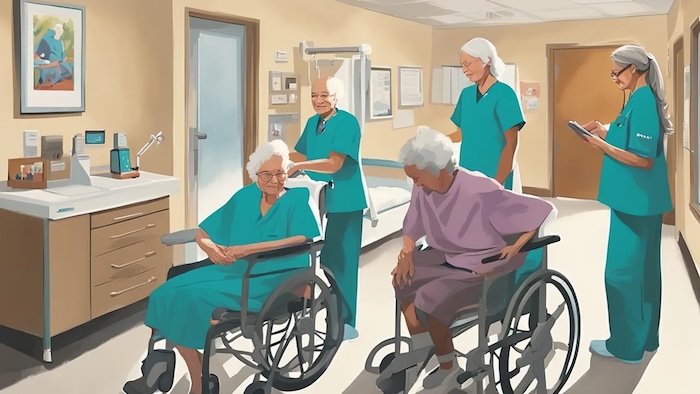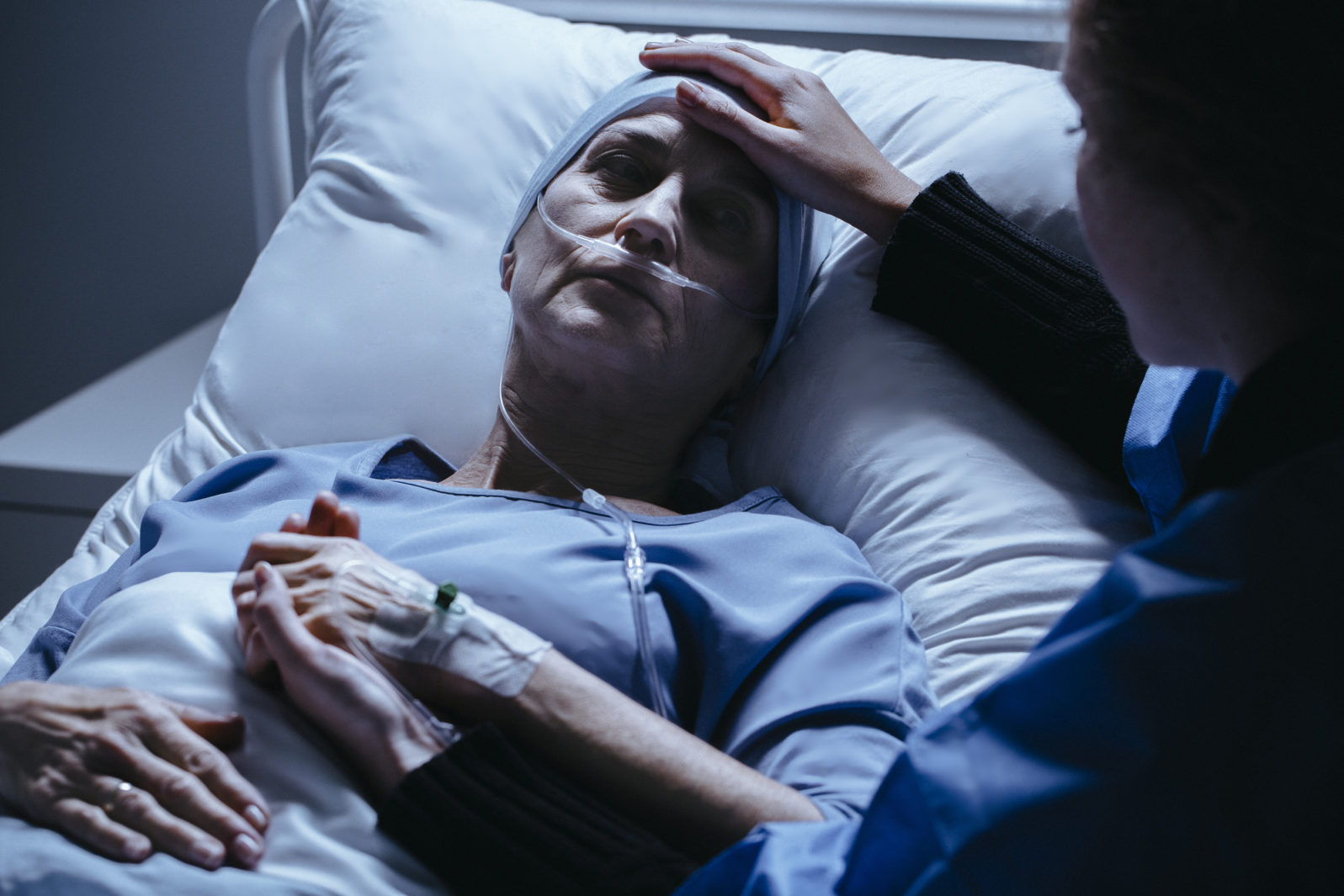— Helping people at the end of their life

You may have heard of a birth doula – someone who provides non-medical support and advocacy throughout pregnancy, birth and after the baby has been born. More recently, so-called death doulas – people who assist at the other end of the lifespan – have been growing in popularity.
The role of death doulas is still relatively new, so the terminology and definitions of what they are based on what they do are in flux. They are sometimes referred to as an end-of-life doula, soul midwife, death coach, dying guide, death midwife and palliative care doula. The actual term used is often down to the preference of the practitioner and how they define their work, as well as cultural norms within the country they work in.
Death doulas are known to work in Brazil, Canada, the Czech Republic, Germany, Ireland, Italy, Japan, New Zealand, Russia, the UK and the US. They tend to provide support to people with life-limiting or terminal illnesses, focusing on improving both the quality of life and the quality of death someone experiences. This can include helping with funeral plans, talking about the processes involved around death, or helping someone with their care appointments.
Sometimes, the doula’s contribution is simply about being next to the person and providing company.
The work of a death doula can extend beyond the dying person. They can provide emotional and social support to family, friends and even neighbours – typically the informal carers and social network surrounding the dying person.
Doulas help those close to the dying person with the impending loss (so-called anticipatory grief). Some also carry out errands and chores to enable them to spend time with the dying person. They may also continue to visit those people after the death to support them as they grieve. Crucially, death doulas can enhance the links between professionals and the social support around a person by helping with communications and advocacy work.
Filling the gap
With healthcare systems and informal carers typically stretched beyond capacity, death doulas can provide a means to fill the gap and provide personalised attention. Someone can access doula support either privately or, depending on the doula, through voluntary means.
My colleagues and I recently examined how end-of-life doulas can be provided by the NHS. It noted that the flexibility of the services doulas can provide was not only helpful for the dying person but also for the wider healthcare system. It helped people who may otherwise not receive support due to service gaps, strict referral criteria, or lack of social support.
Beyond supporting individuals, some death doulas see community engagement as core to their role. They are keen to share information about the dying process and grief with others. They may host workshops or death cafes. Across this work, their contributions are to normalise talking about death, dying and loss in society.
Anyone can become a death doula, and it is not currently a regulated profession. There is a wide range of doula training available internationally, including online, provided either by individual doulas or by organisations such as Living Well Dying Well.
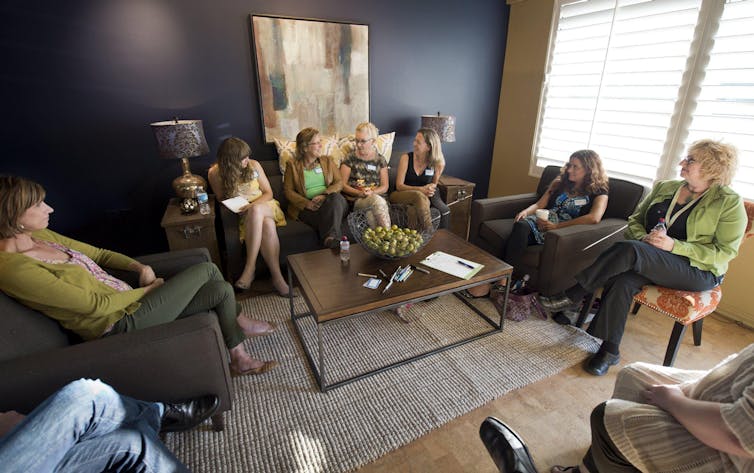
Personal experience
In addition to their doula training, doulas bring their own professional and personal experience to the role. International research on death doulas has noted that many who have become death doulas have a background in professional healthcare, social care or education, and may already have some experience with death.
Those who have trained to be a death doula can be eligible to join a community of practice. Within the UK, End of Life Doula UK is a membership organisation for doulas, setting standards for doula practice and representing doulas. Similar organisations exist globally, including the International End of Life Doula Association.
Death doulas are not a replacement for specialist palliative care and cannot prescribe drugs. Their role is to support people in having a good death.
The growing demand for death doulas is one example of how society is questioning what a good death can be and how to make it happen. Other examples include discussions about assisted dying and improving death literacy. Rather than consider death a societal taboo, there is a growing recognition that people want to value the end of life and reshape how it is experienced.
Death doulas can play a pivotal role in supporting a dying person and those around them. Their support can be emotional and practical, often bridging the gaps in existing support or helping to signpost to relevant services. Not everyone may want a doula, but those who do may see it as someone who can guide them through a significant life process.
Complete Article ↪HERE↩!


